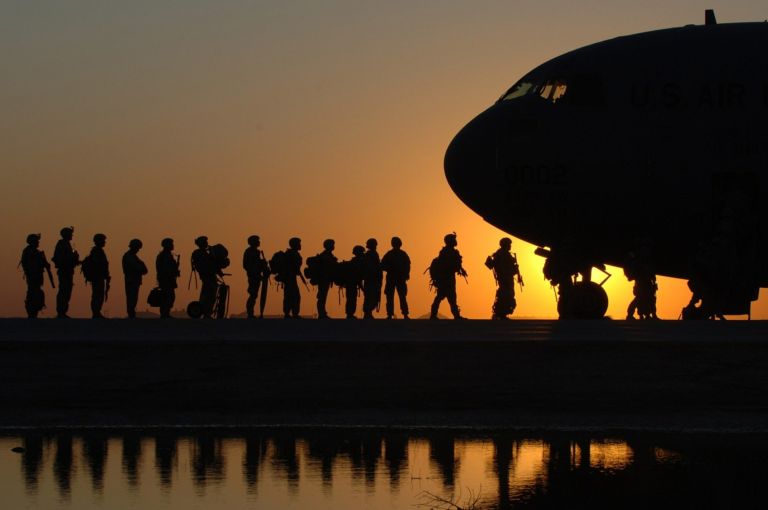Matthew Continetti writes at the Washington Free Beacon about the proper response to Russian strongman Vladimir Putin.
Vladimir Putin has deployed some 100,000 troops to Russia’s border with Ukraine. He has moved fighter jets and antiaircraft defenses into neighboring Belarus. He has around 6,000 soldiers, as well as air and naval assets, in Crimea, the peninsula in south Ukraine that he annexed illegally eight years ago. His insurgents have waged a “frozen conflict” in east Ukraine for close to a decade. His digital army launches routine cyberattacks against Ukrainian infrastructure. And yet, if you listen to “realist” foreign policy analysts, all this is somehow America’s fault.
It was a mistake to allow former provinces and satellites of the USSR to join NATO, we are told. It is hubris to believe that one day Ukraine might join NATO and the EU. It would be reckless to deploy U.S. troops to defend Ukraine (a policy President Joe Biden has ruled out explicitly). America is overstretched, the realists go on. It is inward-looking and uninterested in the fate of freedom in Eastern Europe. Better to provide Putin an “off-ramp” from the present crisis. Better to declare, once and for all, that Ukraine will never join the Western alliance. Putin might be satisfied with a veto over NATO membership. He might stand down. He might save face.
True, Putin might not invade Ukraine if America and NATO acquiesce to his most recent demands. But he would soon make new demands, new threats, and new incursions. History teaches as much. Appease Putin? The West has tried exactly that for over a decade. And the West has nothing to show for it. Putin hasn’t been satisfied with diplomatic overtures. He isn’t deterred by slaps on the wrist. Putin keeps asking for more.
The Russian strongman announced his turn toward bellicosity at the Munich security conference in 2007.


